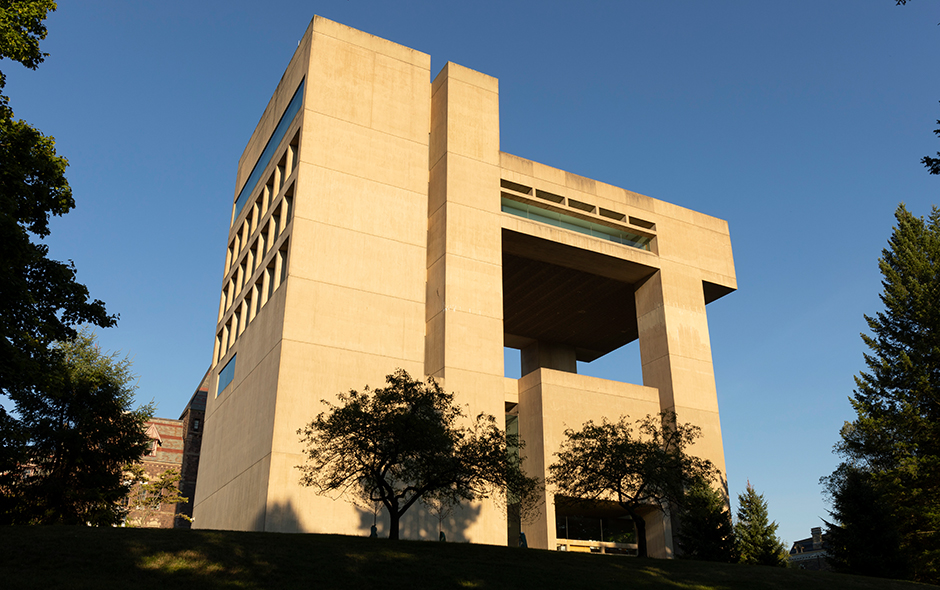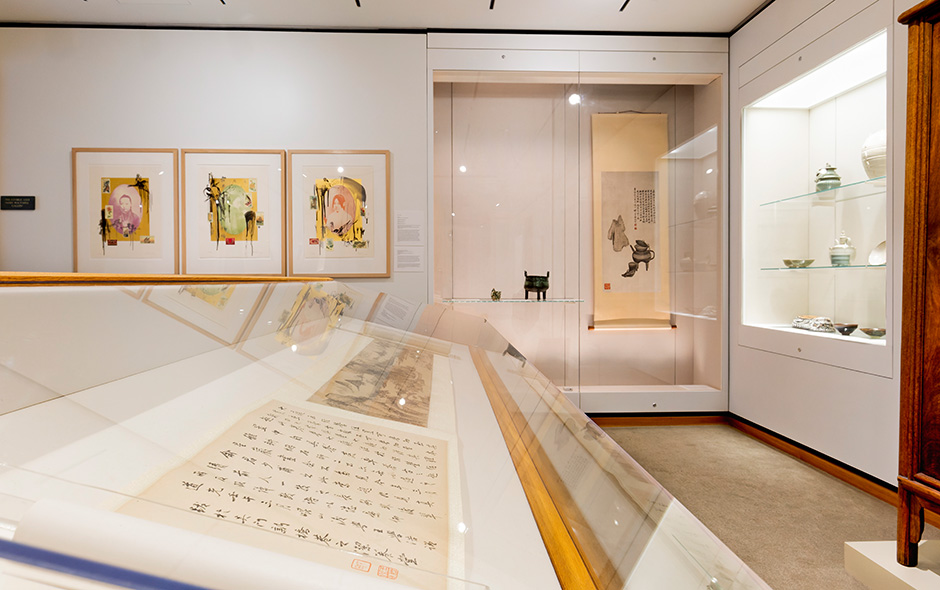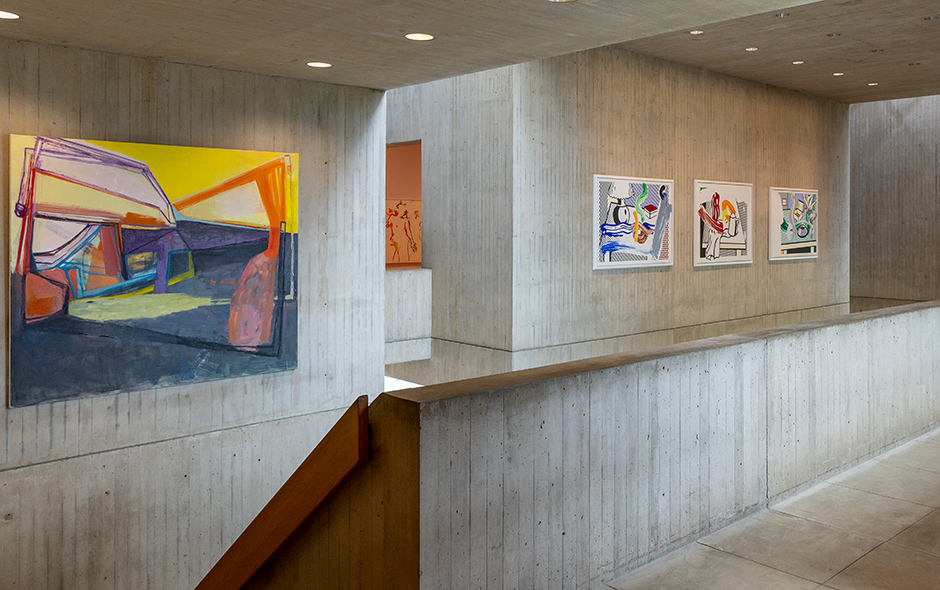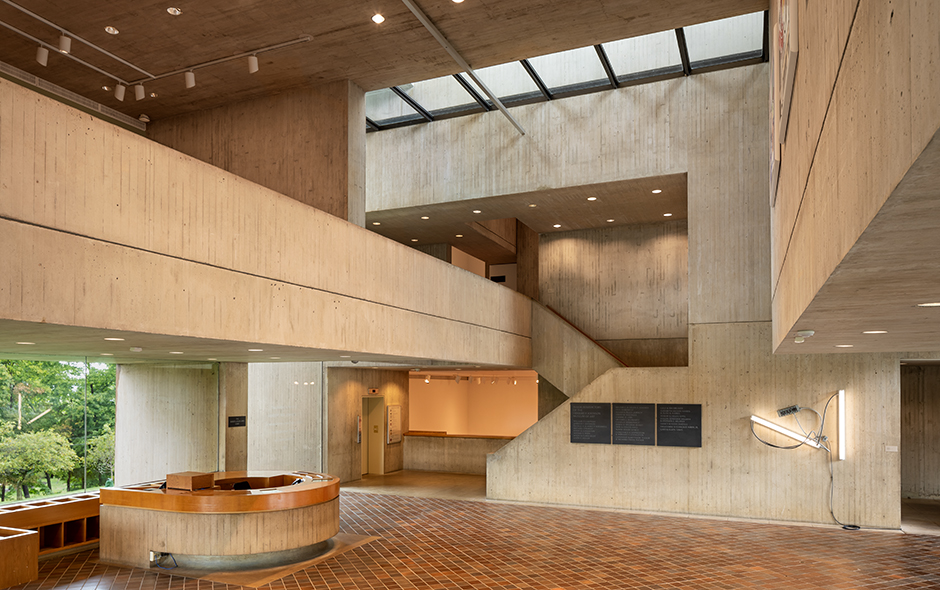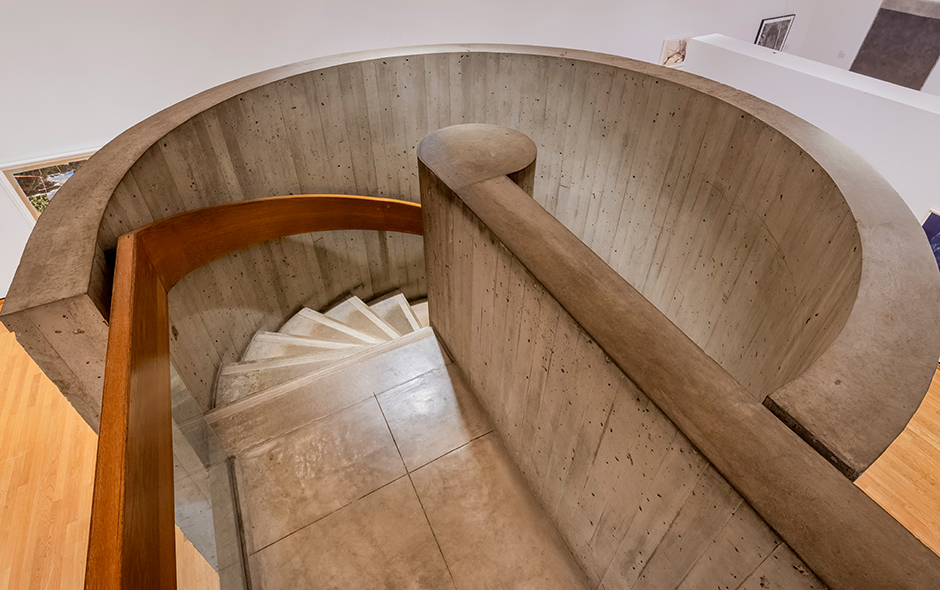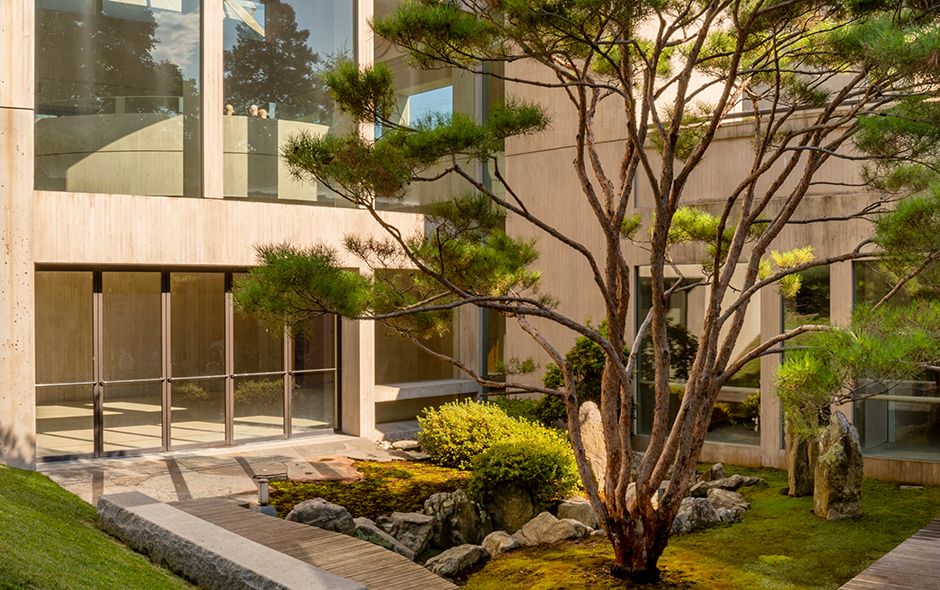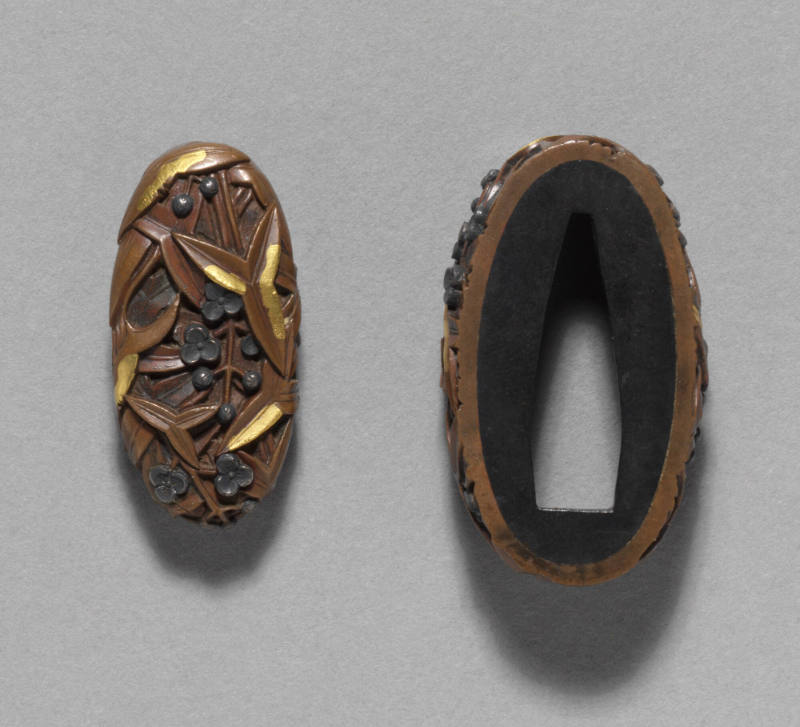

Object Details
Culture
Japan
Edo period (1603–1867)
Date
ca. 1800
Medium
Lacquer, bronze, cloth, horse hair, gold, wood
Dimensions
45 1/2 x 25 1/2 x 15 inches (115.6 x 64.8 x 38.1 cm)
Credit Line
Gift of the Estate of the Konoshima Trust
Object
Number
85.045.002
BRIEF DESCRIPTIONThis is a nearly complete set of samurai armor from the late Edo Period. During thi(…)
BRIEF DESCRIPTIONThis is a nearly complete set of samurai armor from the late Edo Period. During this peaceful period, samurai were members of a warrior class that trained in military action and martial arts, while serving a largely administrative role in the government.WHERE WAS IT MADE?This set of samurai armor was made in Japan during the Edo Period (1615-1868).HOW WAS IT MADE?A variety of specialists made the many component pieces of the armor under the direction of the katchu-shi, or lead craftsmen, whose job it was to assemble these pieces together to make the final set. Different specialists were responsible for different aspects of production. For example, some experts made the small, individual plates of leather or iron, called sane, that are joined by the lacing (blue on this set of armor) called odoshi (made of silk, leather or hemp). These plates would then be lacquered by another artisan (see below for more information on lacquer). Metalsmiths were responsible for forging the iron elements of the armor, such as the helmet, facemask, and large iron plates, while others would have made the chain mail-like armor for the arms. Many components of the samurai armor are coated in lacquer. Japanese lacquer (urushi) is derived from the sap of the Rhus verniciflua tree, a member of the plant family that includes poison oak, poison ivy, and poison sumac. Its extreme toxicity poses a danger for those who work with it. Lacquer is made by carefully building up thin layers of sap and letting each layer dry under warm, humid conditions. Once dry, the sap becomes rigid and impervious to water, insects, and most solvents.HOW WAS IT USED?Although in previous centuries samurai soldiers wore armor into battle, during the peaceful Edo Period armor was worn for ceremonial occasions and to indicate one’s social status, rather than for practical purposes.WHY DOES IT LOOK LIKE THIS?Armor that was made during the Edo Period often mimicked the styles of the past. This particular type of armor is known as tosei gusoku (“modern equipment”), and was the most common type made during the Edo period.This suit of armor consists of shoulder guards (sode), a skirt (kusazuri), armored sleeves (kote), a face mask (mempo), and a helmet (kabuto). Notice the gold crest shape on the helmet. This is a maedate, a crest that began to appear in the Muromachi Period (1392-1573), and was used to delineate different samurai clans. The design of this maedate is from the Arakawa samurai clan of Echigo province, in north-central Japan.To see a representation of a samurai suit of armor in a surimono print (privately published Japanese print)—from the same period in Japanese history—in the Johnson Museum’s collection, search for object number 96.037.058 in the keyword search box.



